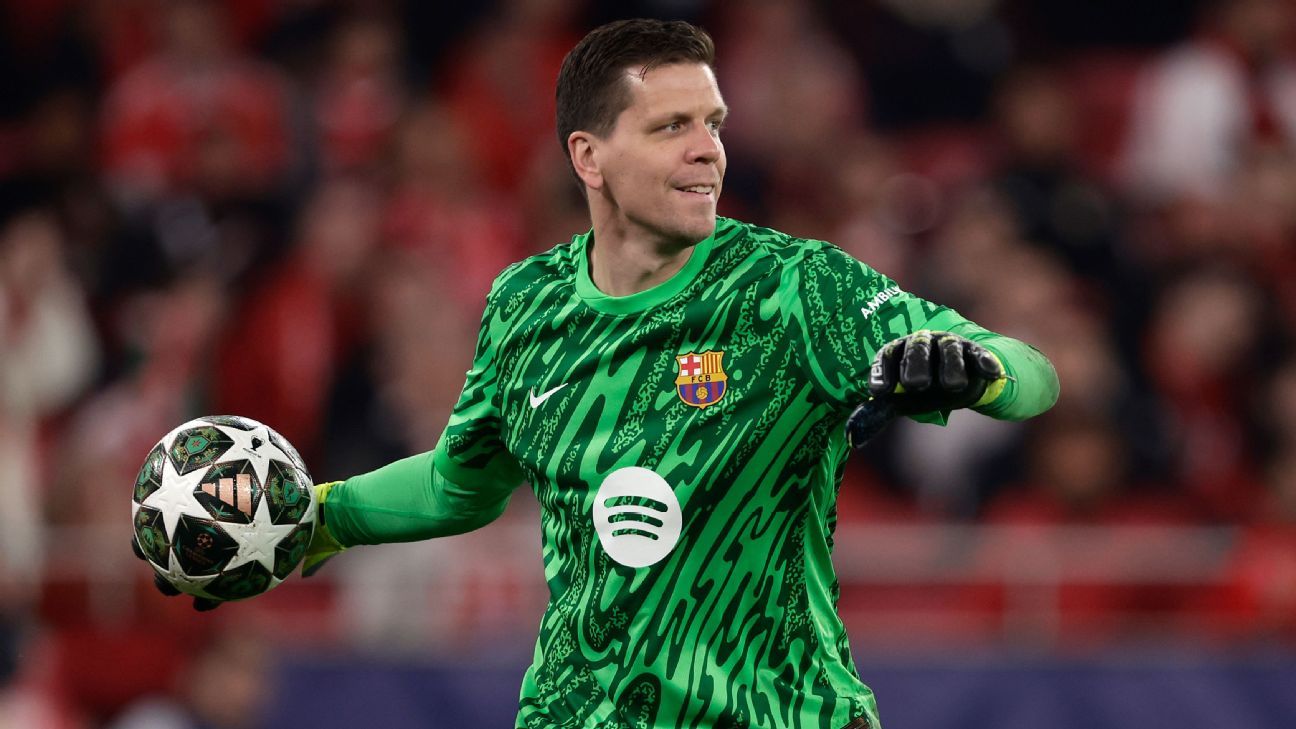
There are three key areas where real gains can be made when it comes to improving performance, as well as developing the relationship between coach and athlete, writes Casimir Loxsom
When many coaches think about the tools they will need to be successful at their trade, a whole list of things come to mind. There are, of course, the physical implements – whether that be the humble stopwatch, hurdles, tape or even extra spikes in case of emergencies.
But there are a few other, less obvious, key areas which are less discussed but where improvements can be made.
Catered communication styles
I can’t count the number of times I’ve seen a coach describe a drill, exercise or training concept with all the correct technical jargon, only to see the athletes’ eyes glaze over and lose the point completely.
It’s important to keep in mind that although you may have a firm grasp of the subject matter, that is often not the case for your athletes, especially youth athletes. Your knowledge needs to be transferable, simple and effective in actually teaching your athletes to make positive changes in their technique and routines.
I try to keep that in mind when I’m taking my runners through practice sessions and come up with creative ways to bridge the “language barrier” through simple, straightforward concepts and analogies. Remember, if what’s in your head isn’t understood clearly by the athletes, then there is a good chance it won’t stick.
Using effective cues
The next step of ingraining these training concepts is the development of cues. Cues can be anything and everything that you use to signal to your athlete to either make some sort of form correction or change, or to implement something you’ve been practicing.
They can be external cues which describe the movement they’re trying to accomplish, or it may be an analogy that gets the job done. You may see jumps coaches making hand signals from the stands or hear a coach yell, “toes up!” or something similar. These are cues.
Every athlete has individual strengths and weaknesses, discrepancies in past coaching experiences, different training ages or time spent in the sport, and so on.
All the things you are working on at slower speeds in drills or technique work need to be implemented when you are moving at full speed and in competition settings.
There often isn’t time mid-race or mid-repetition to tell a runner to check that their ankle is properly dorsiflexed and they aren’t looking down, or to make sure that they are running tall with good posture. “Toes up, nice and tall, head up!” works for a quick adjustment if the athlete associates that phrase with a minor change.
This is another area where you can get creative as a coach.
Training logs
While training logs are fairly common, the way that you implement and use them can vary. I’m a firm believer that when you take the time to write down or type out what you did for the day, it’s a secondary way to ingrain the information from the session and retain it well.
Along with a simple transcription of what you accomplished that day, the other factors I think are easy and useful to track are sleep, hydration and a simple RPE (Rating of Perceived Exertion) score from one to 10.
These first two factors are the most critical performance improvers for recovery and performance, and a one to 10 score can help your athletes estimate their effort and look for trends. If they’re feeling horrible after three days of nines and tens in a row, maybe it’s time for a rest day. If bad sleep a few nights in a row is correlating to a drop-off in performance, maybe that’s something to note and improve on.
Training logs provide context and reference and can help coaches and athletes communicate more effectively. Having their workouts logged on paper or digitally can also be a very useful way before races to look back at what’s been accomplished and ease competition anxiety.
Pulling it all together
Through all of these toolbox items, I can’t stress enough that there is a lot of creative room to make things unique and your own. While effective communication, athlete specific cues and training logs are commonly used, the way you implement them can reflect your coaching style and personality.
Getting to the point where you and your athletes are speaking the same language and have useful information for debriefs and conversations about training and racing helps the whole process run smoothly.
I talk with my athletes about stocking their toolboxes just about every week. It’s my way of impressing on them that distance runs and interval work aren’t the only tools they have at their disposal to help them achieve a better performance, and for coaches I don’t believe this is any different.
As you’re going through your practice sessions, try to keep some of these concepts in mind. If you see a blank stare or confusion, try to explain it another way and see if it clicks. You’d be surprised at what resonates from athlete to athlete. I’d love to hear some of the creative cues and analogies that coaches come up with!
Casimir Loxsom















 Phone: (800) 737. 6040
Phone: (800) 737. 6040 Fax: (800) 825 5558
Fax: (800) 825 5558 Website:
Website:  Email:
Email: 






